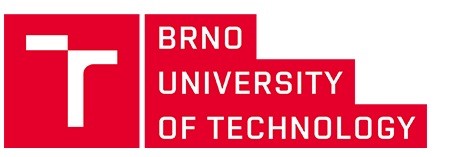Head:
Doctor of Physical Sciences and Mathematics, Professor Lead Researcher at the Bogolyubov Laboratory of Theoretical Physics (LTF) and Joint Institute for Nuclear Research (JINR) (Dubna, Russia) Head of the Research Center of Computational Methods in Applied Mathematics at the RUDN Institute of Applied Mathematics and Telecommunications
Structural unit: Applied Mathematics & Communications Technology Institute.
The Center aims to:
- solve practical problems in computer modeling
- develop numerical and analytical research methods for complex physical and technical systems as well as information and communication technologies
- conduct research in the field of computational methods and build models for describing complex systems
The main research goal is the improvement of applied computational methods for solving problems in mathematical physics, probability and statistics theory.
Currently, the Center's scientists are focused on the use of symbolic-numerical algorithms for solving problems related to quantum physics and wave optics as well as in the automated processing of experimental data obtained using accelerators.
designing devices for nuclear electronics to record elementary particles and photon radiation;
designing devices for small-size quantum systems, i.e. systems containing structural elements about 1-100 nm in size that determine its basic properties and characteristics: design of nanodevices (nanopumps, nanomotors, nanorobots, nanomannipulators, etc.) and the creation of nanomaterials with specified properties (super strength, super hardness, complete absorption or reflection of electromagnetic radiation, etc.);
analysis of stochastic dynamics of physical, technical and economic systems with dynamics of which are random in nature;

City
Brno, Czech Republic
conduct analysis of the statistical characteristics of subscriber traffic in wireless networks in order to identify the spatial-probabilistic characteristics of traffic as well as the reliability of network connections.

City
Dubna, Russia
computer implementation of symbolic-numerical algorithms for solving initial boundary problems for the corresponding systems of partial differential equations simulating the effects of Maxwell's optics and quantum mechanics.
Development of Stochastic models for different research areas such as biology, demographics, climatology, energy, telecommunications, economics, etc.
Computer implementation of analytical and numerical algorithms for solving kinetic equations.